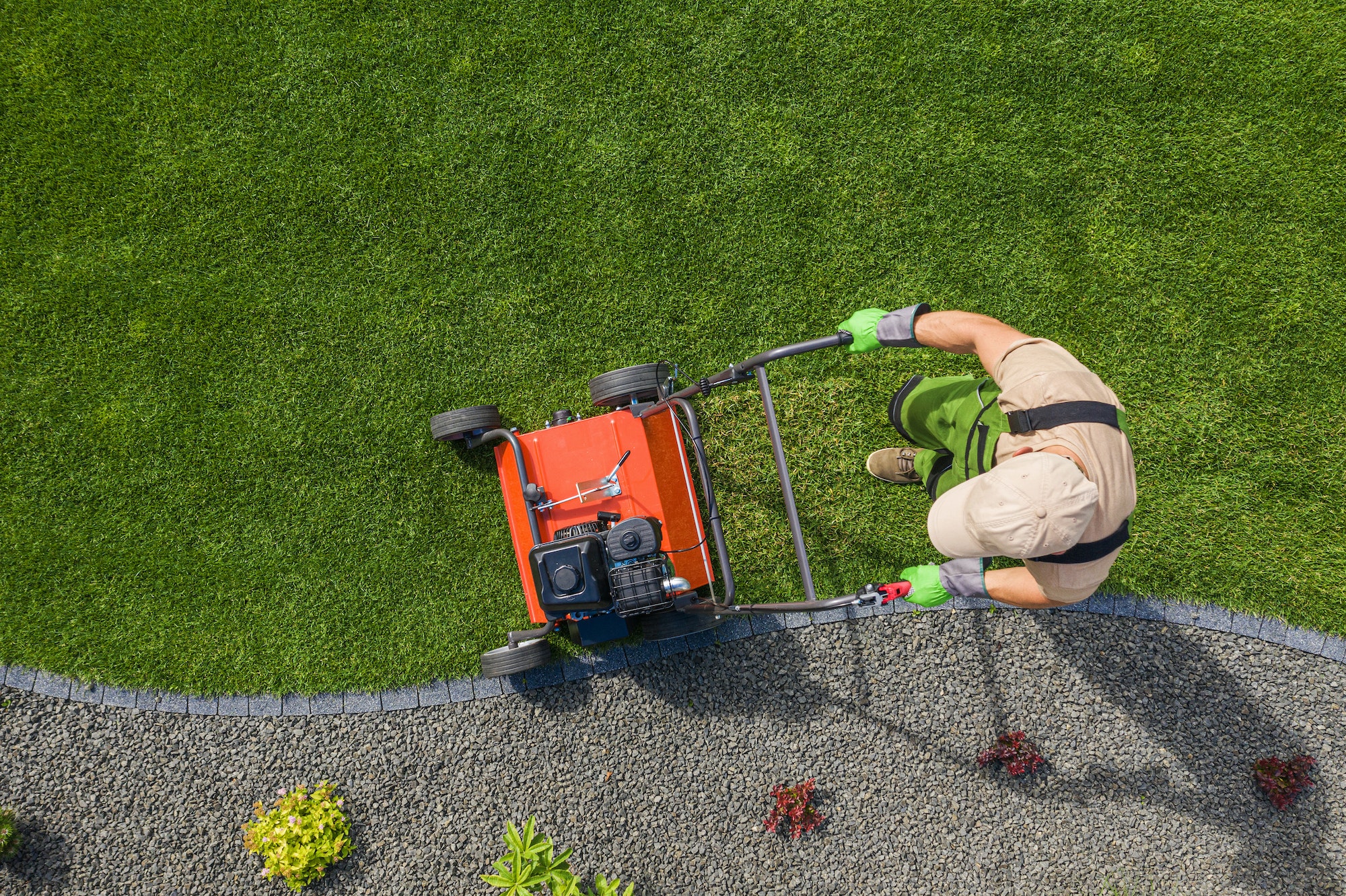As the summer season winds up, you may get displeased with the look of your yard. The summer heat and foot traffic after the numerous barbeque parties in the yard may have killed your healthy grass. Now it is time to restore its beautiful look. One way of doing that is through aeration to ensure the grass gets enough water, nutrients, and air. Aeration can help rejuvenate your lawn after the summer humidity and high traffic. It helps ensure the fertilizer, water, and air reach the soil and the roots for a perfect lawn. Here are common questions that many people ask about aeration.
What is aeration?
Aeration involves perforating the soil to allow water, air, and nutrients to reach the roots. It involves drilling small holes in the soil using a spike or plug aerator to lower soil compaction. This allows for better water penetration, nutrient availability, and air exchange.
Why is aeration necessary?
Aeration allows the roots to grow deeper and stronger. It reduces soil compaction, preventing nutrients, air, and water from reaching roots. The grass becomes thin or dies if the roots are not getting enough of these elements. Therefore, aeration reduces soil density so that there are spaces for air, water, and nutrients. When searching for lawn care near me, you will come across a reliable lawn care company that can help restore grass thickness. When combined with over-seeding, aeration promotes germination by creating a moist environment for seedling growth. Another benefit of aeration is that it prevents puddling. If you notice puddles of water in the yard, aeration can help fix the problem.
How do I get the best results?
The results you get after aeration depend on how you do it. It requires pre-preparation and post-aeration care to get the best outcomes. Therefore, mark the spots with underground sprinkler heads before aerating the soil. Remove leaves and debris and mow the lawn about a day before aeration. After aeration, ensure you water your lawn regularly. You should also ensure the lawn is not experiencing high foot traffic. This gives the seeds a peaceful time for germinating and growing. Keep mowing until you notice the seeds have germinated. You can then wait for them to grow before you can mow again.
How do I go about aeration?
If you are aerating a small area, you can use aerating sandals or a garden fork. All you need is to insert the sandals with the spikes in the lawn and jiggle them back and forth to create tiny holes. You can repeat the process a second time for the best results. Hiring a professional for proper aeration can be the best solution if you don’t know how to go about it. You will also need professionals if you are aerating a large area. You can choose from the different aerating methods, but the most preferred method is core aeration because it removes the soil in the drilled holes.
When is the best time to aerate?
If you have warm-season grass, the perfect time to aerate is during summer or spring when the grass is still growing. It is possible to aerate at any time of the year. However, the grass cannot grow into the holes during cold seasons because it will be dormant. You can also aerate during the rainy season to make it easier. Apply the same principle for cold season grass. Aerate it during winter when it is active and ensure it gets enough water. Aerate during fertilizing or during rainfall when the moisture level is high.
What is the frequency of aeration?
The frequency of aeration relies on the type of soil. If you have clay soil, you may aerate it once per year. Aerate once a year or once after two years for sandy soil. If you stay in a place with harsh weather conditions, aerate at least twice yearly for proper growth. Compaction may be a significant problem in places with high foot traffic from people, cars, or pets. Therefore, you may have to aerate regularly to ensure the soil is not too compacted, allowing air, water, and nutrients to seep in and spread to the roots. Therefore, how often you aerate depends on various factors like the type of grass, climate, and traffic.
Key Takeaways
Aeration is always an overlooked aspect, but it comes with benefits to your yard. It reduces soil compaction, allowing the soil and roots to receive air, nutrients, and water to grow. When the roots are strong, the grass is healthy and not vulnerable to diseases and harsh weather elements.
Discover more from Futurist Architecture
Subscribe to get the latest posts sent to your email.




